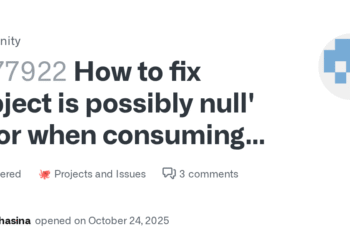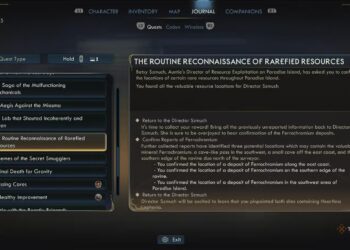Select Language:
If you’re looking for a way to find out if you should reserve capacity for Azure Backup, here’s what you need to know. Currently, Azure Backup doesn’t offer automatic suggestions for reserved capacity, unlike some other Azure services such as Virtual Machines or Managed Disks. There’s no built-in tool that analyzes your backup usage and recommends the best reserved capacity options.
One of the reasons for this is that the Azure Reservation Recommendations API doesn’t support Azure Backup as a resource type. To see what services are supported, you can run specific commands in the Azure documentation or consult the Microsoft REST API documentation related to reservation recommendations.
Azure Backup works a bit differently from other services. Its storage needs can change a lot because the amount of data you backup varies over time, based on your data size and retention policies. Also, reserved capacity in Azure Backup is tied to the vault rather than individual resources. This means any recommendations need to account for data across multiple vaults, subscriptions, and different retention policies, which makes automation more complex.
Microsoft currently suggests that customers estimate their storage needs manually. You can analyze your historical usage through tools like Azure Monitor and logs to get an idea of how much capacity you need before purchasing reserved capacity.
For cost savings, it’s best to regularly review your backup data and storage trends. Using historical data can help you make informed decisions about reserving capacity and controlling costs effectively.
If you found this helpful, please accept the answer and upvote it. Your feedback can help others in the community who might have similar questions. Feel free to ask more questions if you need further assistance!







